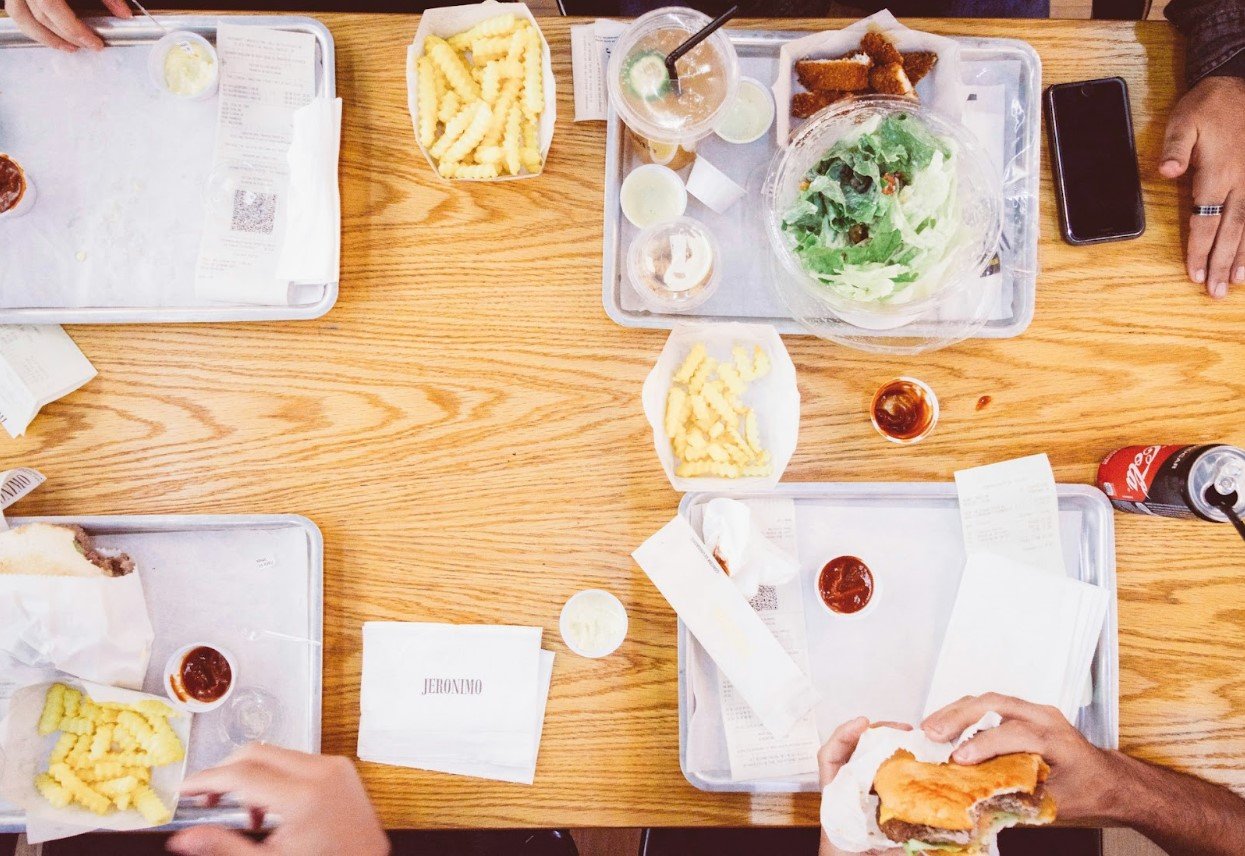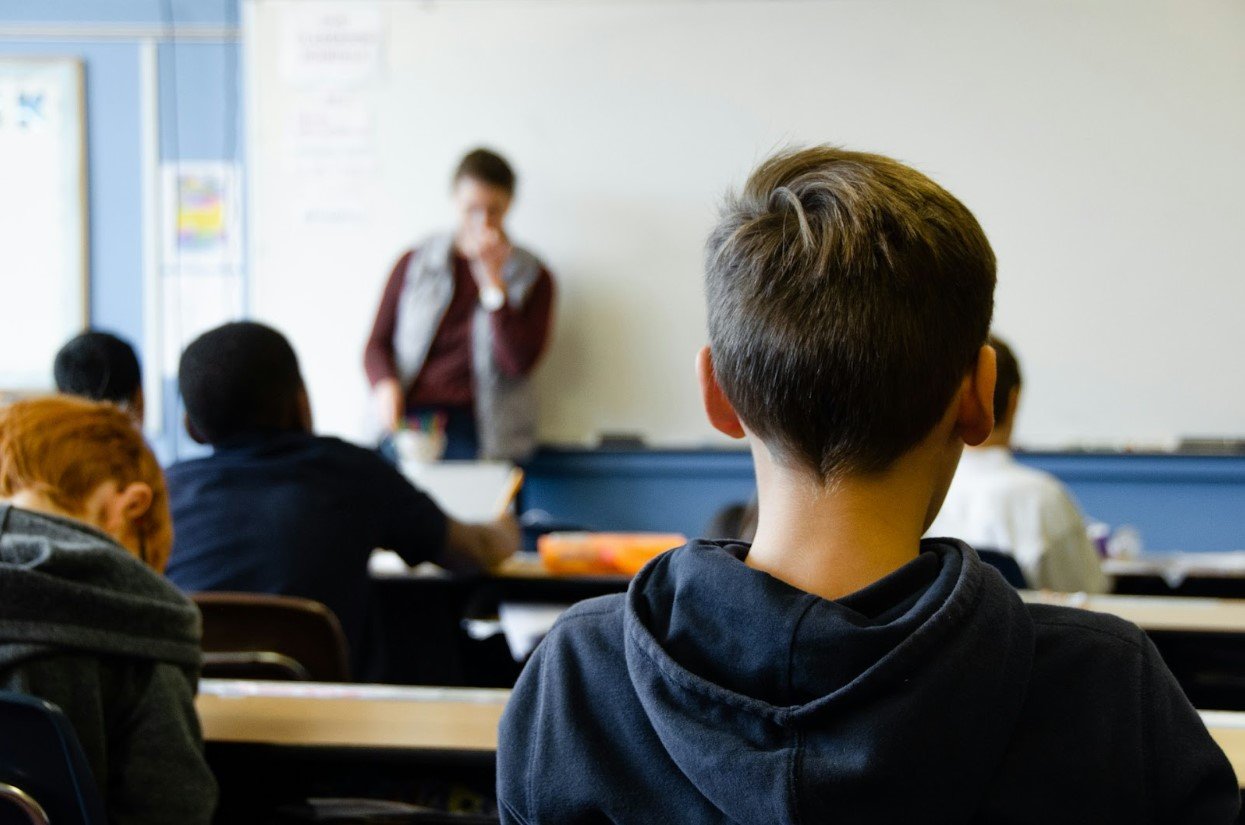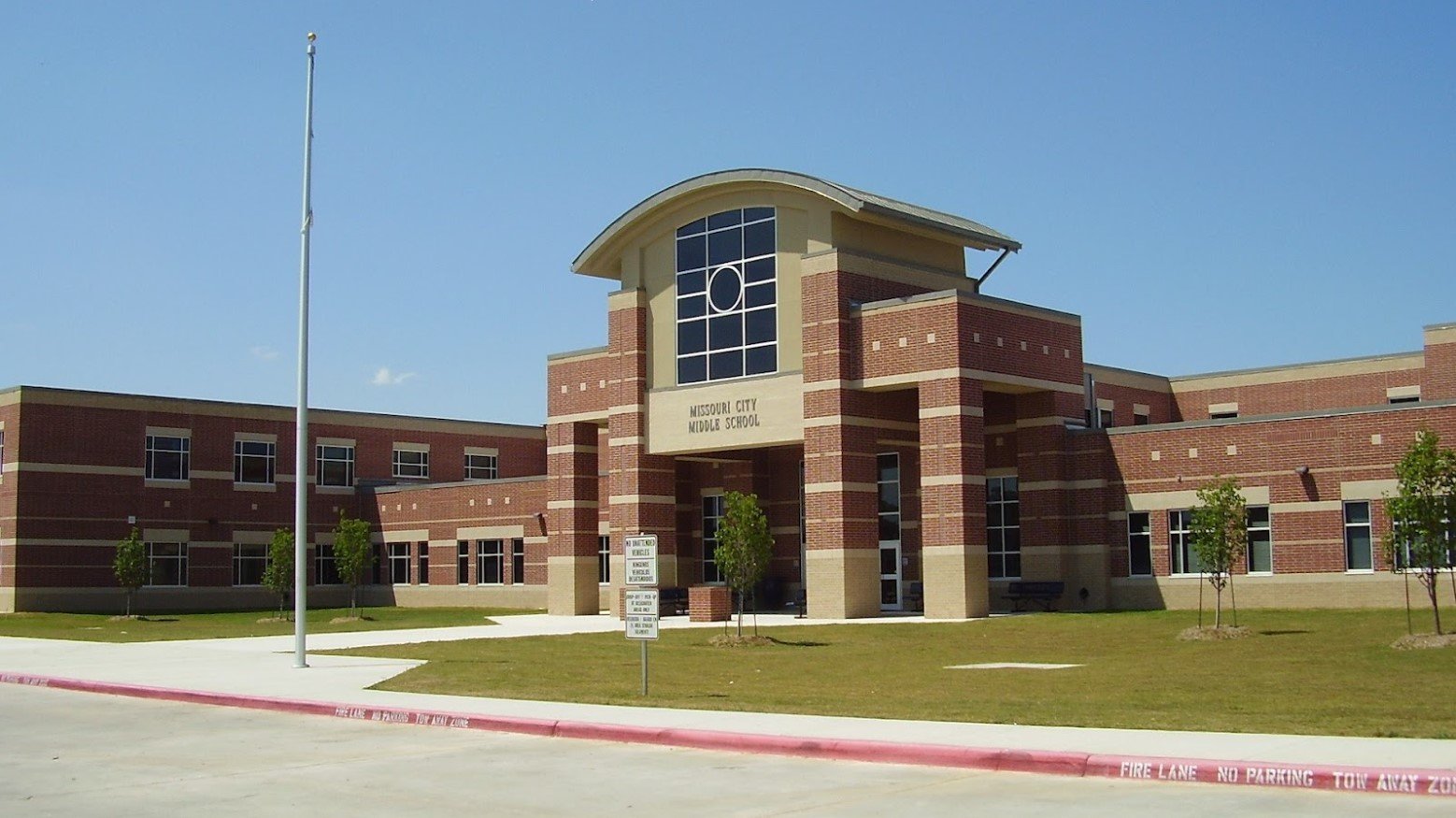Lunch at Missouri schools cost money. But schools don’t always have the funds to cover that cost. So, in an effort to eliminate his school’s lunch debt, a fifth grader launched a fundraising campaign.
Daken Kramer, an 11-year-old from Missouri, wanted to raise only a few hundred dollars. What he got was more than $7,000.
The Donations Kept Pouring

KMBC confirmed on May 13 that Kramer has raised a total of $7,379 to completely clear the negative numbers off his fellow students’ balances.
Vanessa Kramer, Daken’s mother, says the donations just poured in and never stopped. “We were going to be happy with $200, and it just kept creeping up,” she told KMBC.
National Attention

The fundraising campaign started earlier in the month. The story then gained national attention and donations started to come in from all over the United States.
“To have people in other states that don’t even live in Missouri donate, and the amounts we saw were phenomenal,” Vanessa added. “We had people donating $50, $100. We had a $1,000 donation.”
Heartfelt Messages

Daken’s motivations are not lofty. He’s not trying to become a superhero. He constantly says his motivation is “I just wanted to help my school out.” But that earnestness seems to work.
Not only did he achieve financial success, but he also garnered some heartfelt messages from his schoolmates’ families. Vanessa relayed some of the messages that said, “What an incredible kid he is, that he’s setting a good example not just for other kids but for adults to do something good for people.”
Debt Paid With Some Extra

The funds raised by Daken Kramer were enough to clear his school’s lunch debt. There’s even a little bit extra. The remaining funds will be applied to the high school’s lunch debt.
Daken might do it all over again when he transitions from elementary to middle school next year. But for the moment, he’s content to revel in his current success of clearing his school’s lunch debt.
Not the First Time

Daken’s fundraising campaign is not the first time someone from a Missouri school raised funds to help out a school’s lunch debt.
Last year, 14-year-old DeJuan Strickland also launched a fundraising campaign on GoFundMe to pay his elementary school’s lunch debt. His original goal was to raise $200, but he doubled that number instead.
Feeding Kids From the Raised Funds

Strickland related the story of how his fund was being used. “They told me stories about how kids, there was a kid who didn’t have enough money to pay for school lunch or pay for the pizza, and they were able to pull it from the fund, and they’re able to have pizza at school that day.”
He said hearing the story made him happy. So he set his goals higher. He wanted to erase school debts in all of the Hazelwood School District, including 19 elementary schools, six middle schools, three high schools and other educational programs.
A Huge Problem Statewide and Nationally

Strickland amassed more than $4,000 in funds to cover the district. But he found out that lunch debt in schools was a huge problem not just in his state but also nationally.
As of last year, the national public school meal debt is $262 million annually, based on the Education Data Initiative’s research. Missouri alone has 243,100 food insecure children, totaling around 443 million in school meal debt (2023 numbers).
Free Over There, But Not Free Here

“This is a huge problem,” said Strickland about the whole situation. “The fact that kids aren’t going to be able to eat, that’s a problem.”
“It’s crazy, because a lot of other schools in like different countries or anything, they don’t have a problem with negative lunch balances, cause it’s free.” And he concluded, “So it’s like, you know, why are they like that? Why is it free over there and not over here?”
An Insight Into Legislation

Answering Strickland’s question may need probing into the U.S. Department of Agriculture’s policies and some legislation. The USDA last year lowered the threshold for schools to qualify for free meals in the Community Eligibility Provision program after schools in the nation returned to a paid lunch system post-pandemic.
It allowed school districts in areas of poverty to give all students free breakfast and lunch. The USDA changed the qualification threshold from 40% to 25% of students participating in needs-based federal programs. It would give 3,000 more school districts the chance to offer free meals to all students.
Districts Might Be Underfunded

Superintendent Tim Webster from Missouri’s St. James school district said, “We’re very thankful that the USDA would drop that threshold, because that’s a great thing for our students. But at the same time, we have to make sure that it financially makes sense for the district to still not lose money.”
But plenty of Missouri schools would still have to pass on the offer. Newly qualified districts might have been underfunded to offer free lunches because the federal reimbursement rate is tied to the number of high-need students educated in the district.
Any Fundraising Campaign Appreciated

This is why fundraising campaigns by youths like Daken Kramer and DeJuan Strickland are so significant and become national news. Not only the fundraising efforts are appreciated, but that they are carried out by the youth makes it even more remarkable.
It speaks out to the spirit of solidarity and humanity in Missouri communities. Parents across the country hope for free lunches for their children. Like the leader of Virginia’s nonprofit “Settle the Debt” organization, Adelle Settle, said success is when organizations like hers go out of business and not have to raise any more money to pay for school lunches.








































